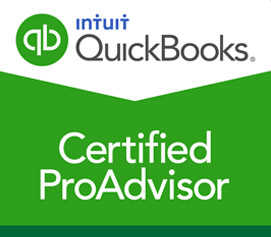For years financially savvy parents and grandparents have been funneling savings into 529 plans, hoping their investment will appreciate enough to keep pace with rising college tuitions across the country. Many families use up what’s in the 529 plan — and then some. After all, in-state tuition and fees at public universities have increased an average of 175% over the past 20 years. Out-of-state tuition and fees for the same have increased by 141%.
Accumulated Money
In spite of the high price of higher education, there are some families that end up with leftover funds in 529 accounts. This happens for several reasons. Maybe one of the kids decided not to go to college. Perhaps grandparents, aunts, and uncles kicked in additional funds to ensure plenty of money was there when it was time to pack up for college. Some families are extra-disciplined and manage to save more money than needed for the kids’ education expenses. All that money is safely invested in a 529 account.
In the past, parents have watched their money languish in the account after the last child graduates from college and strikes out on their own. There was no way to retrieve the leftover money without incurring tax penalties for non-qualified withdrawals.
A New Way to Reclaim 529 Funds
That’s changing, though. In December 2022, Congress passed the Secure Act 2.0, which includes a provision that allows investors to roll stranded 529 funds over into a Roth IRA free of income tax or tax penalties. This means parents who no longer need a 529 account can reclaim and reinvest their money. This provision won’t go into effect until the 2024 tax year, but it’s something to look forward to.
There Are Always Rules
There are limitations to this provision, though. One of the most notable is that the rollover funds must be reinvested on behalf of the beneficiary of the 529 account. This means if a parent has a 529 account with their child named as the beneficiary, any leftover funds in that account must be rolled into a Roth IRA set up in that child’s name.
Other limitations to be aware of:
- There’s a lifetime cap of $35,000 on transfers from a 529 account to a Roth IRA.
- Rollovers must fall within the annual Roth IRA contribution limits.
- The 529 account must be open for a minimum of 15 years.
- 529 contributions made in the past five years, and any earnings on those contributions are not eligible for rollover.
Other Ways to Use the Money
There are other ways to use up leftover money in a 529 account. You can change the beneficiary on the account to another qualifying family member with a need for educational funding. This includes yourself if you’re thinking of going back to school. You may also want to hang onto the funds in a 529 account and use them for grandchildren when they come along.
Adams Accounting Solutions Helps You Sort Through the Details
Again, this rollover provision doesn’t go into effect until 2024. And there may be other stipulations associated with rolling over 529 funds to a Roth IRA. If you have unused funds sitting in a 529 account, consult with your financial planner or give us a call at Adams Accounting Solutions. We can answer questions about the rollover process and help you decide whether it would be beneficial for your tax situation. Call or stop by today!



